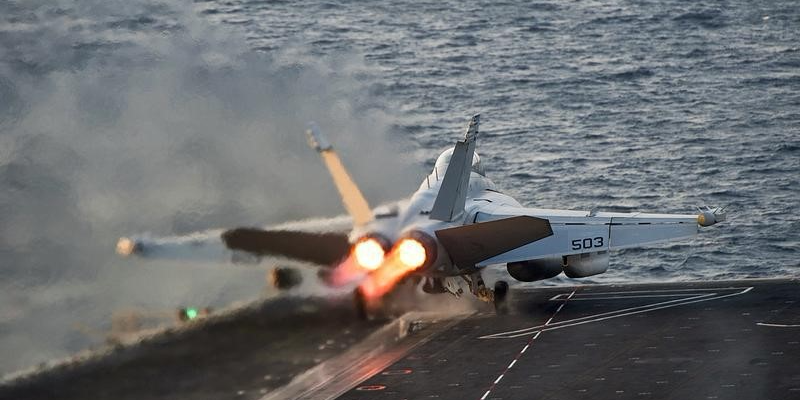- Despite the appearance of thawing tensions with North Korea, both Washington and Pyongyang have made several steps that suggest things could escalate soon.
- The US has quietly moved heavy firepower, like nuclear bombers and aircraft carriers, to the region.
- On the sidelines of important diplomatic meetings, talk of military action has been ever present, if not front and center.
While much of the world has celebrated the progress in talks between North Korea and South Korea ahead of the Winter Olympics in Pyeongchang next month, as well as an apparent thaw in tensions with North Korea, the US has taken steps to move heavy firepower to the region.
And though the US says it will delay its military exercises with South Korea until the end of the Paralympics in March, it has elsewhere trained for scenarios that seem tailor-made for fighting North Korea.
The New York Times reports that 48 Apache gunships and Chinook helicopters last month trained in Fort Bragg in North Carolina to move troops under artillery fire, and that soldiers will train next month to set up mobilization centers designed to quickly send forces overseas.
Surviving artillery fire and mastering the tricky logistics of an overseas deployment would be needed skills if conflict were to break out with North Korea, as Pyongyang maintains a massive range of artillery guns pointing at Seoul, South Korea’s capital with 25 million people.
Besides the exercises, the US has for the second time ever positioned both its nuclear-capable bombers in its territory of Guam, just a short flight from North Korea.
In addition to the usual forward-deployed USS Ronald Reagan aircraft carrier in Japan, the USS Carl Vinson has also headed to the Pacific, while the smaller carriers USS Wasp and USS Bonhomme Richard also patrol the waters.
While the US military maintains that these exercises are routine and unrelated to North Korea, the increased tensions with Pyongyang bring scrutiny to every move.
Quiet - too quiet

At a meeting of 20 foreign ministers this week in Vancouver, British Columbia, Secretary of State Rex Tillerson discussed sanctions implementation for North Korea, while Secretary of Defense James Mattis briefed the ministers on the US's plan for military strikes.
While the inter-Korea talks - which South Korea has said will continue regularly and indefinitely - have dominated usually bleak headlines about North Korea, President Donald Trump's national security adviser, H.R. McMaster, reportedly dismissed them as "diversions" in a meeting with his Japanese and South Korean counterparts over the weekend.
Most experts agree that Pyongyang will soon launch a satellite. And North Korea may hold a military parade in the days before the Olympics.
And though few expect the US to initiate conflict with North Korea while civilians from around the world gather in Pyeongchang to watch one of the world's most important sporting events, a satellite launch would provide a suitable target for a "bloody nose" strike, which the US is reportedly considering.
Trump's foreign policy in his first year in office has often upset norms - and a successful strike on a Syrian airfield in April and a handful of unilateral foreign policy decisions going unpunished by supposedly riled actors might embolden Trump's White House to make a statement soon.

